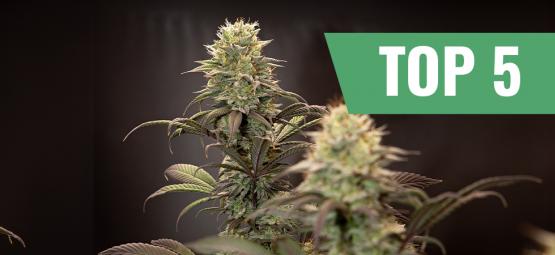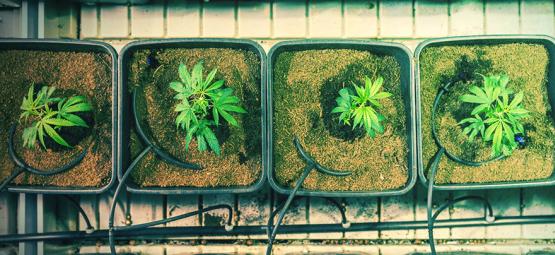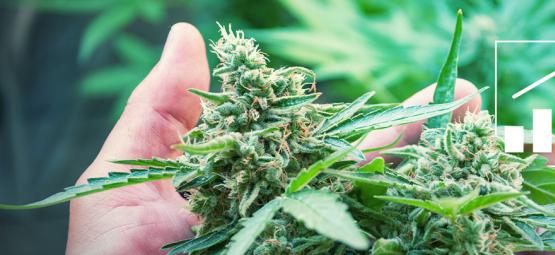Cannabis Pheno Hunting: All You Need To Know
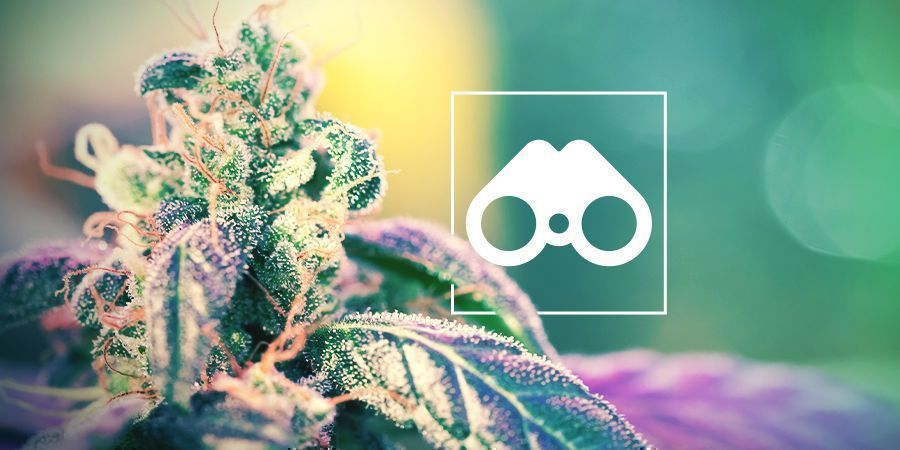
Advanced cannabis growers/breeders use phenotype hunting to only grow the best weed possible. Read on to learn more about pheno hunting, how it works, and how to apply it to your next grow.
WHAT IS PHENO HUNTING?
Pheno hunting is a name cannabis growers give to the process of selecting the best cannabis phenotypes. To better understand pheno hunting and how it works, you’ll need a basic understanding of plant genetics.
When you buy cannabis seeds, you’ll be buying seeds of a particular strain. And while this strain has a general list of traits that make it unique, the plants you grow from your seeds will still be inherently different. That’s because each seed contains a unique genetic blueprint that affects everything from size and structure to aroma and potency. While breeders do their best to stabilise genetics using processes like inbreeding, no two cannabis plants will ever be identical (unless they've been cloned, of course).
If you plant six seeds of Blue Dream, for example, each one of those seeds will grow into a unique phenotype with its own expression of characteristics from its parents, Blueberry and Haze. In order to invest in breeding or growing only the best cannabis possible, you’ll want to sift through your plants and keep those with the unique traits you’re looking for.
WHY SHOULD YOU BOTHER PHENO HUNTING?
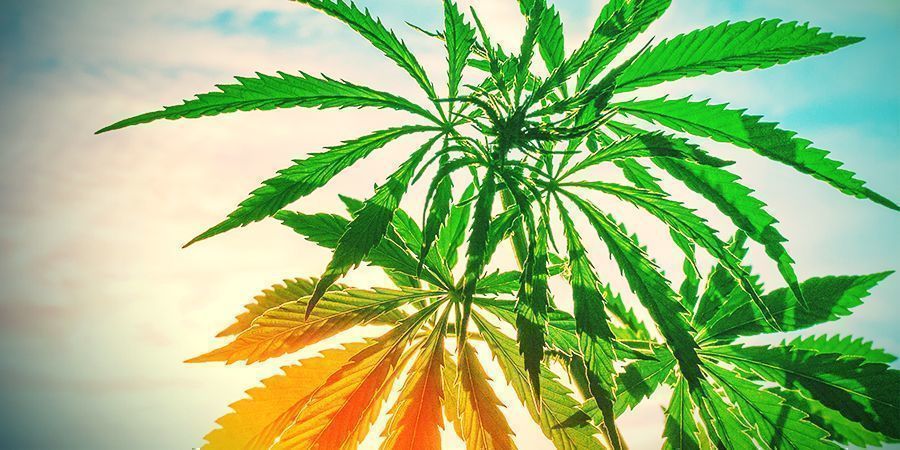
Pheno hunting might sound like something best left to the pros, but it carries a lot of benefits, and even hobby growers can use pheno hunting to grow and breed the best plants.
Most hobby growers/breeders have limited resources. And while it might seem counterintuitive to cull plants from seeds you paid for, doing so can actually help you pool your resources into your best-performing plants.
If you don’t hunt out your best phenos, on the other hand, you risk using your limited resources to grow subpar plants and end up with a mediocre harvest.
HOW TO: A QUICK GUIDE TO HUNTING DOWN THE BEST PHENOTYPES
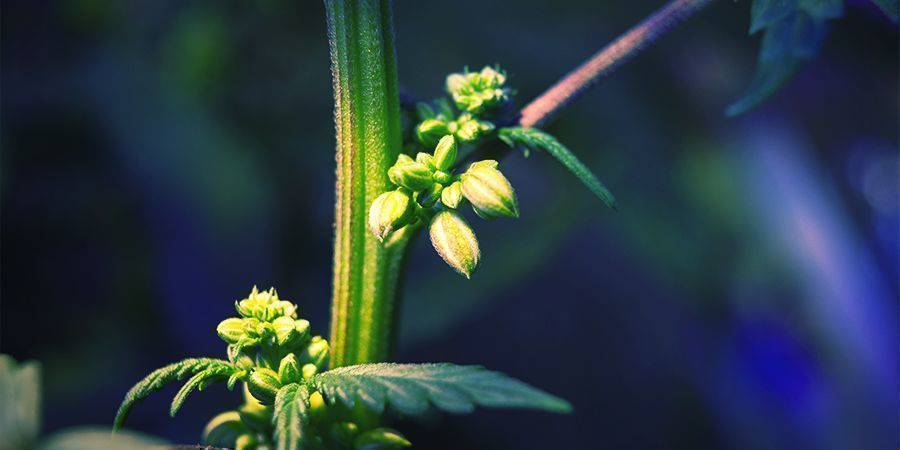
So, you now understand the importance of pheno hunting. But how do you know which plants to cull and which ones to keep? Read on for an easy guide to finding the best cannabis phenotypes.
1. CULL ANY MALES
If you're growing regular seeds, this will be your first step. Any plants with male preflowers need to be culled (or separated if you plan on breeding) early to avoid pollinating your females and ruining your harvest.
2. CONSIDER EACH PLANT’S MORPHOLOGY
Morphology refers to your plant’s physical traits. These cues should be the first thing you look at when pheno hunting (after you’ve taken care of any males, of course). In the first 2–4 weeks of your plant’s life cycle, consider each plant’s:
- Height
- Stretch
- Structure
- Internodal spacing
- Growth rate
- Foliage health
- Root structure (when transplanting)
Keep track of which plants perform best in each of these areas, and also keep in mind which plants are best suited to your grow space. Most indoor growers prefer smaller, stockier plants, but this really comes down to personal preference, skill, and the amount of space you have available.
3. GAUGE HARDINESS
Next, you’ll want to take into account the hardiness of each of your plants. Ask yourself:
- Did any of my plants show signs of stunted growth following transplanting?
- Are any of my plants battling a pest or disease?
- How much nutrients do my plants need? Do some of my phenos require extra feeding to keep up with the rest?
If you’re growing outdoors, also make sure to pay attention to how your plants cope with the local weather conditions, and only keep the best performers.
4. ASSESS HOW PLANTS RESPOND TO TRAINING
If you use LST or HST techniques like topping or super cropping, make sure to check how each plant responds to your favourite style of training. Some plants, for example, may respond better to LST techniques like bending or being tied down, while others might flourish when topped or fimmed. Only select the plants that best suit your grow style.
5. TALLY NUMBER OF BUD SITES
As your plants begin to preflower, keep an eye out for how many bud sites (nodes) each plant produces. Those will more sites will likely develop more flowers, culminating in a larger harvest. Also keep in mind the location of these bud sites, since flowers close to the bottom of the plant will turn out smaller than those near the top of the canopy.
Remember, when weighing out which phenos to keep, it’s important to consider the limitations of your grow space, and your personal preferences as a grower. Just because most growers like working with smaller, bushier plants doesn’t necessarily mean that’s what works best for you.
However, just like most other hobbies, your skills as a pheno hunter will only improve with time and experience. So, start growing and get hunting today.
You might also like





 United States
United States




